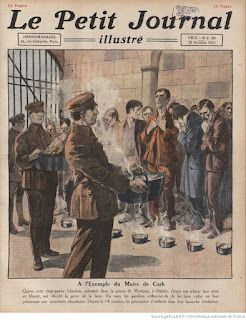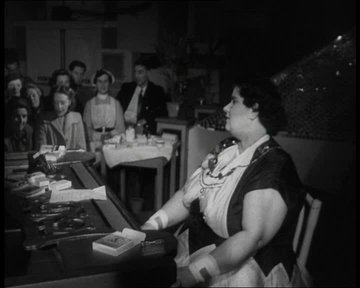This is a short description of the time I spent in Belgium in September 2023 on the Flanders Fields Bursary Scheme which is run by the In Flanders Fields Museum in Ieper (Ypres) and the Embassy of Ireland to Belgium. I have already written an Irishman's Diary in the Irish Times newspaper (see here) but I thought I'd give a little extra information about it here.
I saw the Flanders Fields Bursary advertised online in September 2022 and applied for it. This is the announcement that was made at the time. I was delighted when I was told that my application was chosen from among those who applied. I was given a choice of going to Ieper (Ypres) in either May or September to work on the research project and I chose September, thinking that the temperature might be a little cooler by that stage.
View of the Research Center at the In Flanders Fields Museum. Sept. 2023.
As it turned out, the weather was still very good in September and the temperature was mostly around 20-30°C. During the three weeks of the project, myself and another student from Ireland, Eilís Campbell, worked in the Research Center of the In Flanders Fields Museum in Ieper.
Our job was to fill in the blanks of the Irish entries on the Names List which is a list of all those who died in Belgium due to the First World War (both military and civilian). We had a range of sources to draw on to help us in our research including British army military records, Irish and British census information, soldiers' wills and church records.
Visit to a Commonwealth War Graves Commission cemetery containing the graves of Irish who served in the British army. Sept. 2023.
During our time in Belgium, we also visited some sites near Ieper that had a connection with Ireland. This included the Island of Ireland Peace Park at Messines, which commemorates the dead of the three Irish divisions who fought in the War; [36th (Ulster) Division; 10th (Irish) Division and the 16th (Irish) Division].
We visited cemeteries of the Commonwealth War Graves Commission that contained the graves of Irish men who served in the British army. We were brought to the graves of the Co. Meath-born poet, Francis Ledwidge (1887-1917), who was killed in Boezinge near Ieper and the Irish nationalist politician, William Redmond (1861-1917), who was killed in Loker. We also visited the Passchendaele Museum in Zonnebeke.
As the Bursary scheme is organised in conjunction with the Embassy of Ireland to Belgium, we were invited to meet the Irish Ambassador and discuss our work on the project. It was a very enjoyable and rewarding experience to work on this project. I was able to put my research skills to good use and learned so much about the history of the First World War and the part played by Irish men in the War.
I want to thank all of those who helped me during the project to make it such an enjoyable and worthwhile experience - particularly the Embassy staff and the staff and volunteers at the In Flanders Fields Museum. Thank you all and I hope that the Bursary scheme continues for the years to come.
Meeting the Irish Ambassador to Belgium (2nd from left) (Mr Kevin Conmy) at the Embassy of Ireland to Belgium. Sept. 2023. Also pictured Ms. Eilís Campbell (2nd from right) (Ulster University) and Ms. Erica Lee (right) (Deputy Head of Mission at the Embassy of Ireland to Belgium).






.jpg)











































